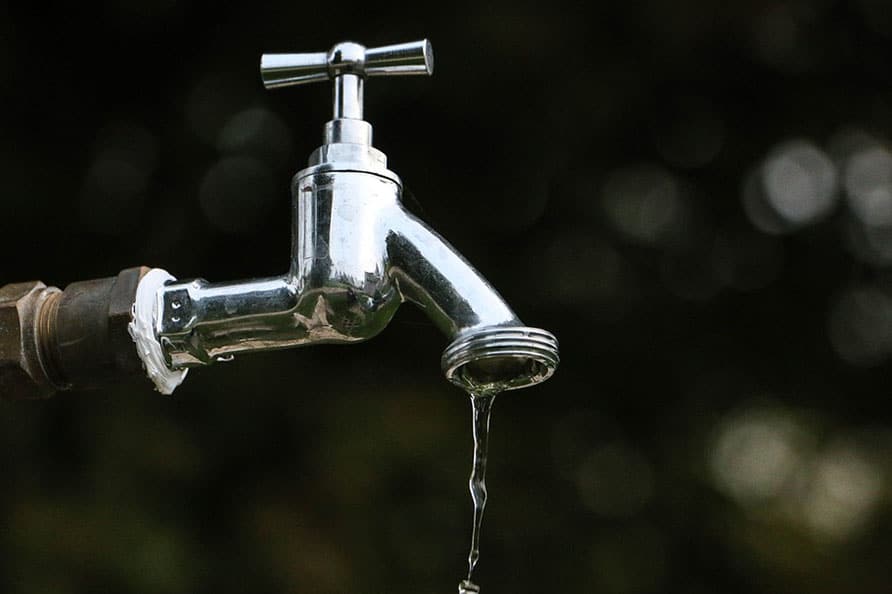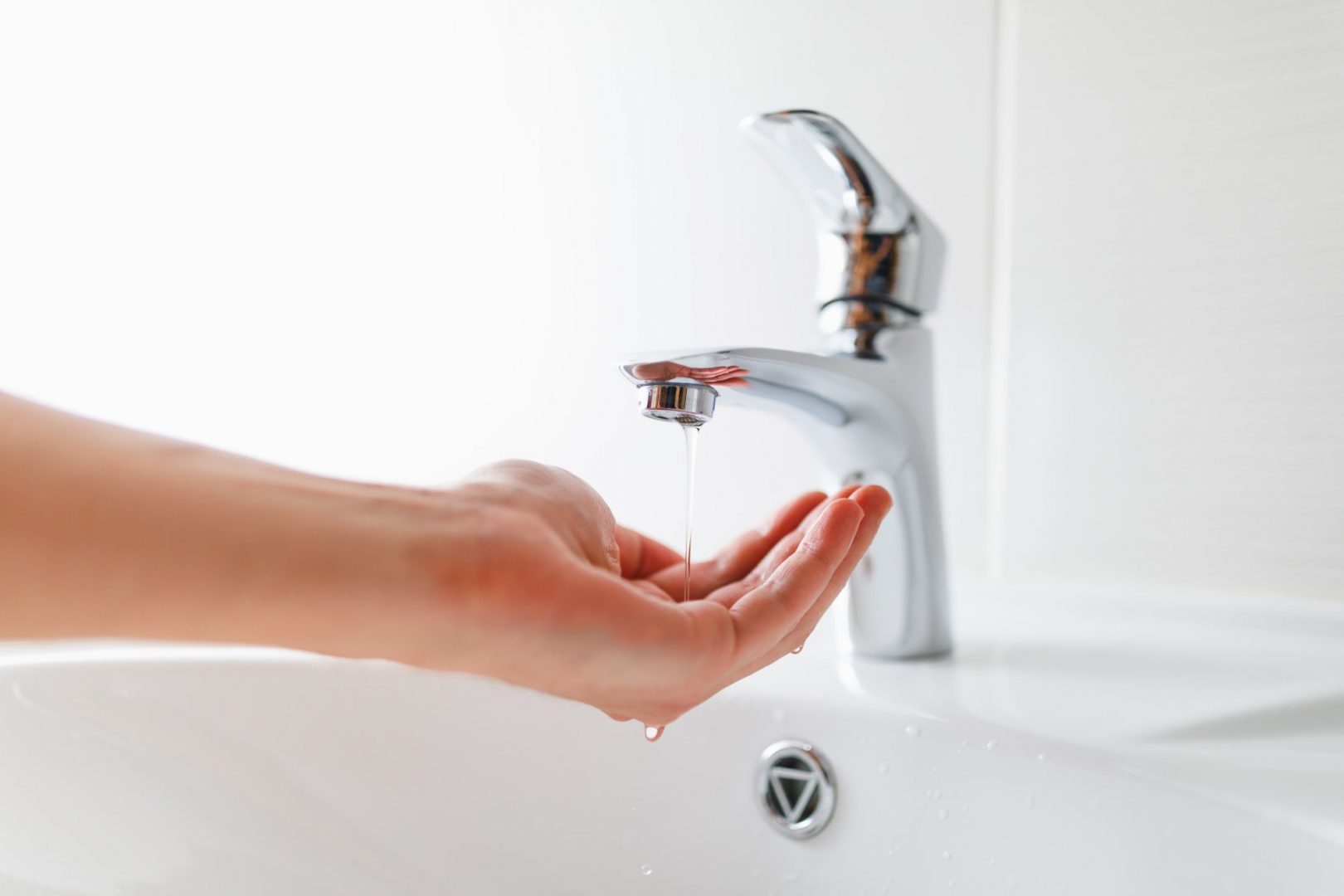Learning the Effects of a Damaged Faucet
Learning the Effects of a Damaged Faucet
Blog Article
Just how do you actually feel on the subject of The Environmental Impact of Leaky Faucets?

Introduction
A leaky tap might feel like a minor aggravation, yet its effects extend far beyond the periodic drip. Understanding the impacts of a dripping faucet is vital for both house owners and the setting. In this short article, we'll check out the numerous impacts of this typical family issue and why addressing it immediately is essential.
Reasons For Leaky Faucets
Leaking taps can arise from a selection of variables, consisting of wear and tear, high water pressure, and rust. In time, the continuous use of faucets can lead to worn-out seals and gaskets, causing leakages to create. Furthermore, extreme water pressure can put pressure on plumbing components, resulting in leaks. Deterioration and corrosion can additionally damage faucet components, making them vulnerable to leakage.
Water Wastage
Among the most substantial repercussions of a leaky tap is water wastage. Also a small drip can amount to gallons of wasted water gradually. This not only increases water expenses but likewise adds to water scarcity and ecological degradation. Dealing with dripping faucets immediately is critical for conserving this valuable source and minimizing its effect on the world.
Financial Impact
Along with drainage, leaky faucets can likewise have a substantial economic influence. Increased water bills are a direct consequence of water wastage, costing property owners numerous dollars yearly. Furthermore, the cost of repairing water damages caused by leaks can be significant, specifically if left ignored for a prolonged duration.
Ecological Effect
The ecological impact of dripping taps prolongs beyond water wastefulness. By conserving water, house owners can add to wider efforts to minimize water shortage and protect natural ecosystems. Lasting options such as rain harvesting and water-efficient fixtures can better decrease the ecological impact of home water use.
Technical Solutions
Developments in modern technology have resulted in the advancement of wise taps and water-saving devices that help lessen water wastefulness. Smart taps make use of sensing units to find movement and readjust water flow accordingly, reducing waste without giving up comfort. Water-saving devices such as aerators and low-flow showerheads are also reliable in preserving water without endangering efficiency.
Worldwide Perspectives
While leaky faucets might feel like a local problem, they contribute to broader global obstacles such as water shortage and climate change. In areas already facing water stress and anxiety, every decline counts, making leak avoidance and repair service important. By taking on water-saving methods and investing in lasting technologies, home owners can play their part in resolving these pressing international issues.
Governing Measures
Government laws play a vital duty in reducing the influence of dripping faucets and promoting water preservation. From developing codes that need water-efficient components to water-saving motivations and rebates, policymakers have a variety of tools at their disposal. By carrying out and applying these laws, federal governments can ensure that homeowners prioritize water conservation in their daily lives.
Community Influence
Addressing dripping taps needs collective efforts at the neighborhood level. By raising recognition concerning the value of water conservation and providing sources for leak discovery and repair service, regional authorities can empower house owners to act. Campaigns such as water-saving refund programs and leakage detection projects can incentivize habits adjustment and promote liable water use.
Situation Researches
Real-life examples of the effect of dripping faucets highlight the importance of positive upkeep and prompt repair work. From water damages to increasing water bills, the repercussions of neglecting leakages can be severe. By sharing these case studies, property owners can much better comprehend the value of dealing with leaking taps immediately.
Educational Campaigns
Educational projects play a critical duty in elevating recognition concerning the results of leaking faucets and promoting water conservation practices. Via workshops, workshops, and on the internet resources, homeowners can learn just how to find and repair leaks themselves. By empowering people with understanding and tools, instructional campaigns can cultivate a culture of responsible water use within communities.
Wellness Issues
Leaky faucets can create favorable environments for mold and mold growth, presenting health and wellness dangers to owners. The presence of mold can intensify respiratory system concerns and allergies, particularly in prone individuals. Additionally, water damage resulting from leaks can jeopardize the architectural stability of structures and cause expensive fixings.
Do it yourself vs. Expert Repair service
When faced with a leaky faucet, home owners usually question whether to try repair work themselves or hire a specialist plumber. While do it yourself repair work can conserve cash, they may not constantly deal with the hidden problem effectively. Specialist plumbing technicians have the competence and equipment to identify and fix leakages appropriately, making sure long-lasting solutions and comfort for home owners.
Preventive Measures
Stopping dripping faucets requires routine upkeep and aggressive measures. Easy tasks such as changing damaged washing machines and seals can protect against leakages from creating. Additionally, upgrading to top quality fixtures and decreasing water stress can aid lengthen the life-span of taps and lessen the danger of leaks.
Conclusion
Finally, the results of a leaking faucet extend much past the occasional drip. From water wastage and raised water expenses to health concerns and ecological effect, the consequences of overlooking leakages can be considerable. By addressing dripping faucets without delay and embracing water-saving techniques, property owners can minimize these impacts and add to a much more sustainable future.
Causes and Consequences of a Leaky Faucet
Although it’s a relatively common issue, many people don’t know what causes a leaky faucet. Additionally, few homeowners are familiar with the consequences of leaky taps, causing them to ignore the problem. However, much of the damage caused by leaky faucets can be prevented by reacting swiftly.
In this article, we’ll provide a better understanding of leaky faucets by listing their causes and consequences.
What causes a leaky faucet?
Many internal pieces of the faucet responsible for turning the water on and off can break. Consequently, they can’t function correctly and will give rise to leaks. Here are a few common causes of leaks:
Loose washers
The washer opens and closes when turning the faucet on and off. This movement produces friction, causing wear and tear. Over time, the washer gets worn out and won’t fit closely to the valve seat, leading to a leak.
Worn out O-rings
O-rings seal gaps between the internal parts of the faucet. If they fail, water can seep through these gaps and result in a leaky faucet.
Poor seals
Many faucets have inlet seals that let water freely flow when turning the faucet on and stop when it is turned off. If there’s too much sediment or water pressure, the seals can suffer damage and cause the faucet to leak.
Corroded valve seat
The valve seat sits at the bottom of the faucet’s mechanism. It plays a part in turning the tap on and off, and it can corrode due to repeated usage. If so, water will be dripping around the handle area.
Worn out faucet cartridge
Single-handle faucets have a faucet cartridge that helps control the water flow. Due to normal wear and tear, the cartridge can start leaking.
What are the consequences of a leaky faucet?
High water bills – Dripping faucets can lead to much higher water bills due to the amount of water wasted. In particular, as much as 17 gallons of water can be wasted during a single day if a faucet has about one drip per second. Mold and rot – Mold can develop in any moist area, making the area around leaky faucets an ideal breeding ground. Also, any wooden elements affected by the leak can eventually rot. Overflows and drain clogs – If the leak persists for a while, it can cause a lot of stress on the plumbing system and lead to overflows and drain clogs. Water stains – Minerals accumulating in the sink due to a leaky faucet can be quite tricky to remove. In the worst-case scenario, you might need to buy a new sink. https://www.jimmyjoesplumbing.com/blog/causes-and-consequences-of-a-leaky-faucet

As a serious person who reads about The Environmental Impact of Leaky Faucets, I imagined sharing that information was smart. Sharing is nice. You just don't know, you may just be doing someone a favor. Thank you for your time. Come back soon.
Report this page